Many of us rarely get to experience a night with truly dark sky, far away from city and suburban light pollution. And because of that, getting a glimpse of our own galaxy, the Milky Way, is also a rare site.
In search of dark sky and stars
If you ever have a chance to stand under a truly dark sky, looking up at a star-filled sky is an amazing and unforgettable experience. On a moonless night, the stars put on a dazzling display. You realize you are seeing infinity. For every layer of stars you see, there are even more stars behind it.
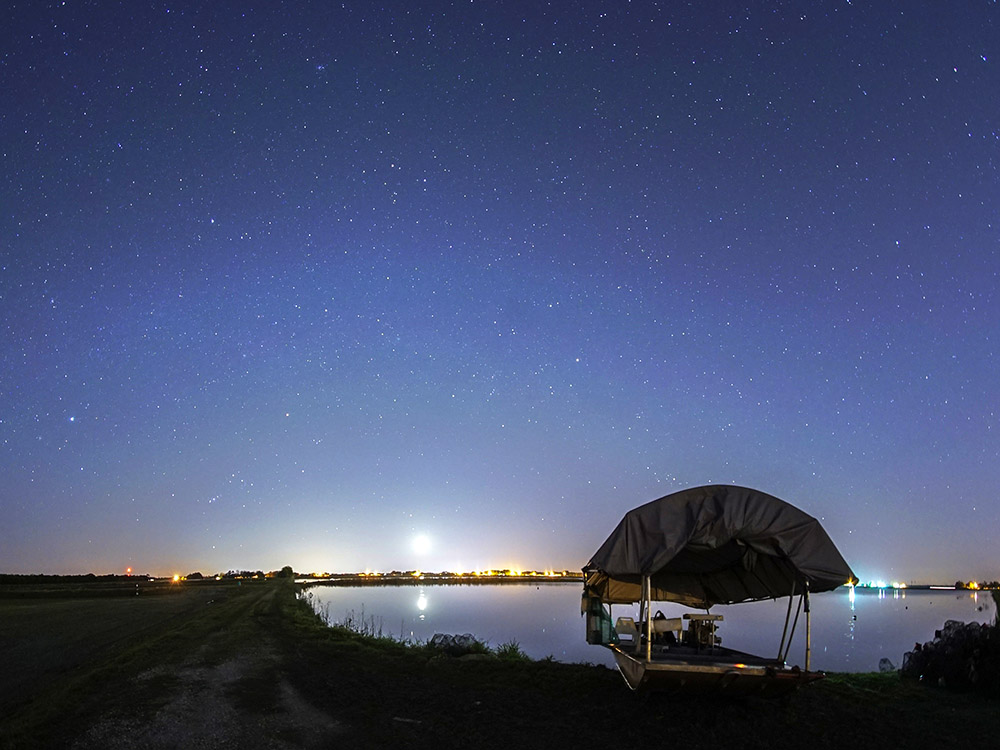
I had just finished shooting a story on catching frogs in a crawfish pond near Rayne, Louisiana. As I picked up my video gear, I noticed all of the stars above me. A crescent moon was barely above the western horizon and stars were everywhere. I wanted to learn how to take better pictures of starry skies and where to find places with less light pollution.
learn the basics of milky way photography
I signed up for a workshop at Zion National Park in southern Utah and found dark sky. Over a couple of late nights that sometimes lasted until dawn, I learned how to manually set up my camera, focus on stars, push the right buttons and dials in the darkness, and then wait for the Milky Way to slowly crawl above the horizon.
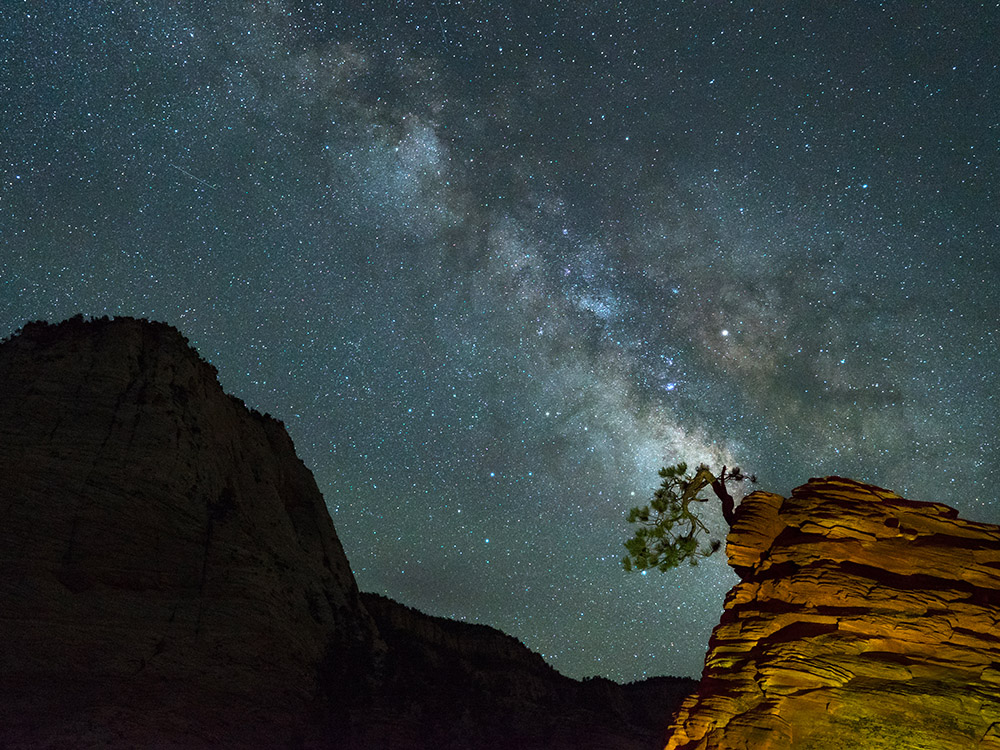
With a digital camera that shoots in manual mode, a steady tripod and a fast wide-angle lens, the mechanics become routine. The challenge is finding a great location with no moon or clouds, little to no light pollution, and an object in the foreground that gives our galaxy a sense of place. I made several more trips to more of our western National Parks – Yosemite, Yellowstone, Grand Teton, Rocky Mountain, Grand Canyon, Saguaro, Death Valley, Arches and the Eastern Sierra Nevada Mountains. My trips were timed to coincide with the new moon, when I knew the skies would be the darkest. I always scouted for locations during the day, using an app called PhotoPills that gave me a virtual view of the night sky. That allowed me to pick my spot, avoiding obstructions and familiarizing myself with the terrain.
my milky way favorites
It became a challenge, finding the perfect spot, learning the best time to take pictures, watching the forecast for clouds, and then trying to stay safe and avoiding wildlife in the dark. I was off to a great start. Over the next four years I was able to find and photograph the milky way in a variety of settings. But I wanted to experience this closer to home in Louisiana.
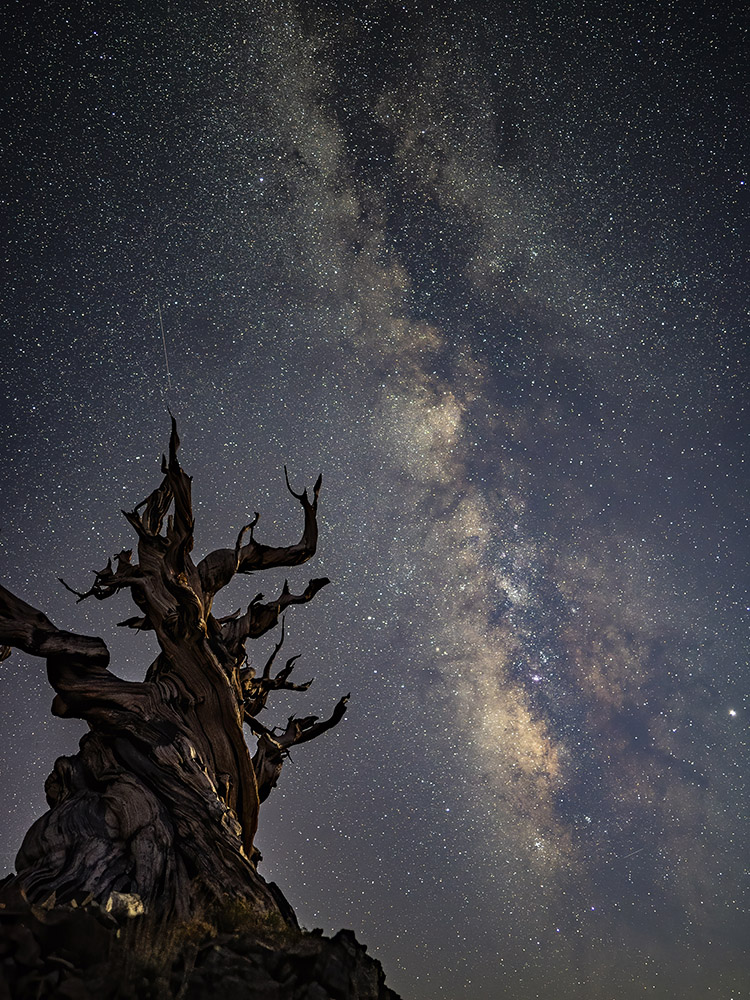
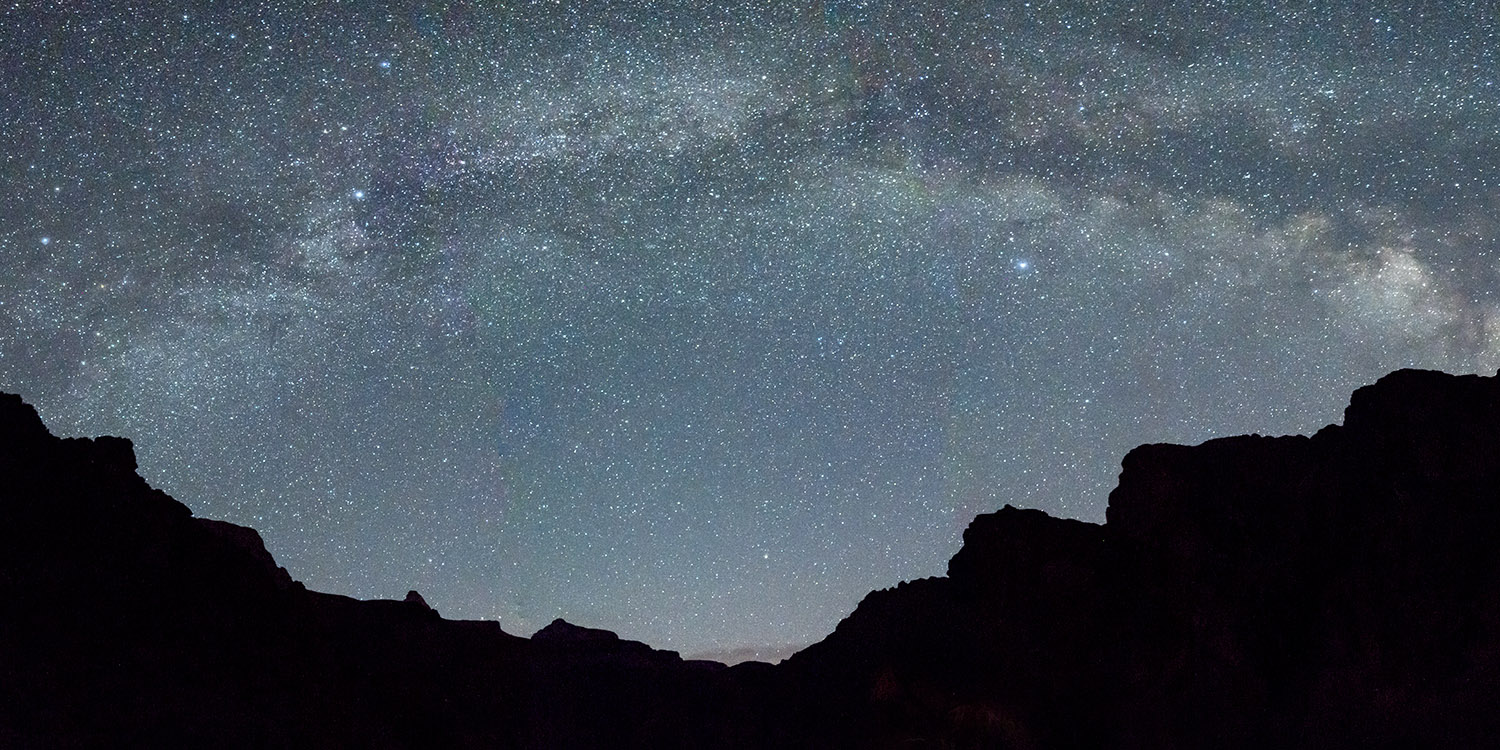
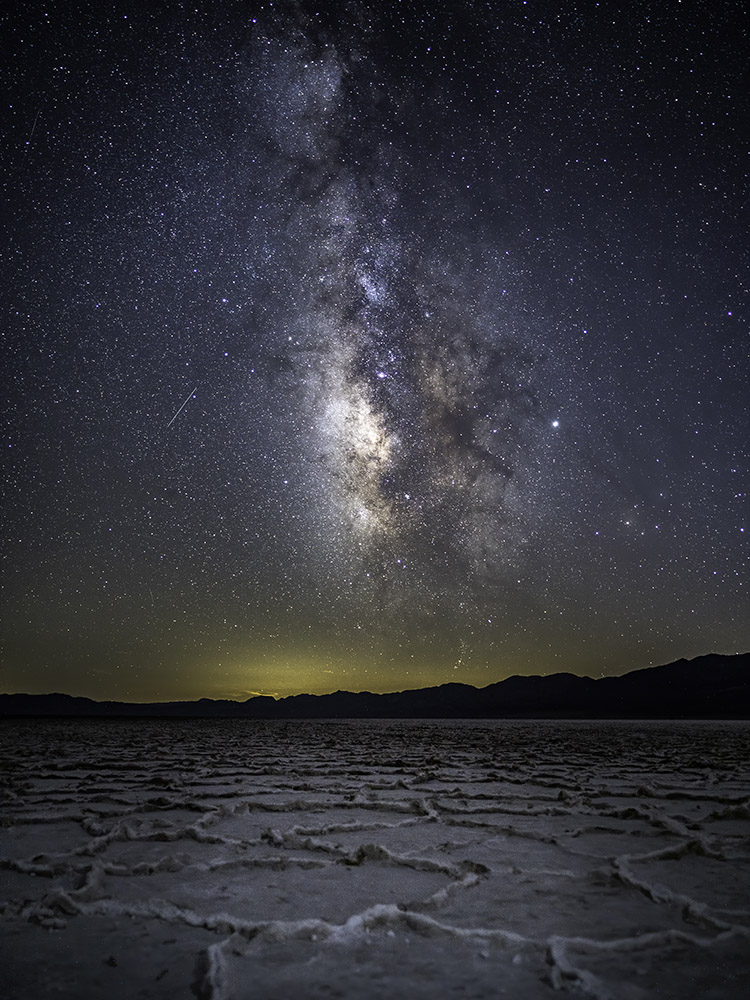
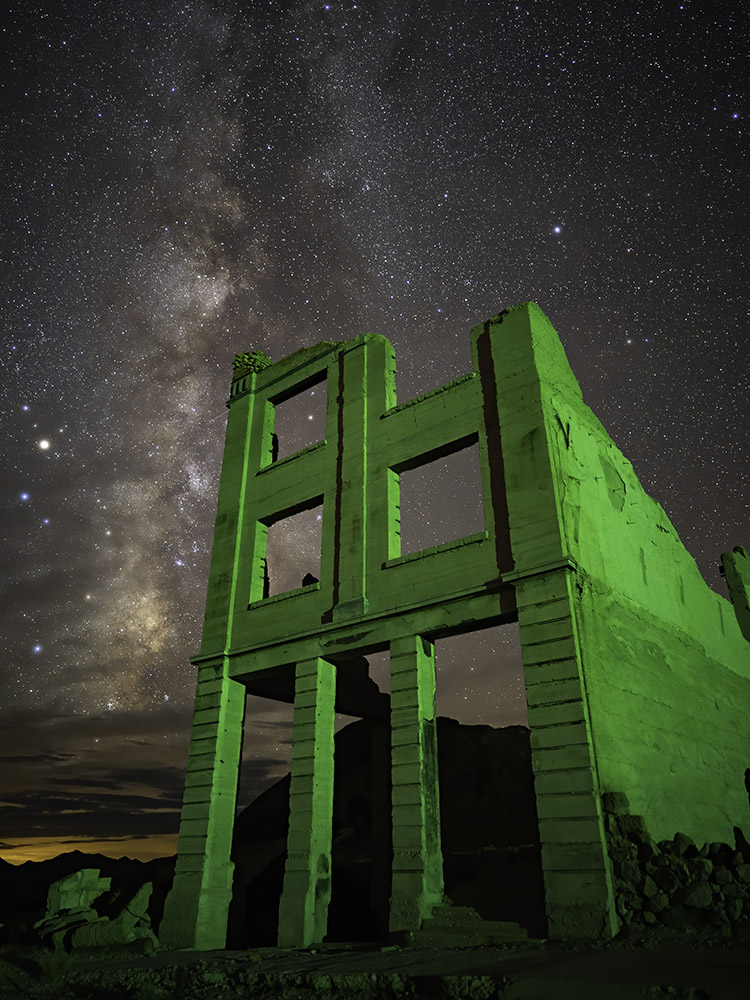



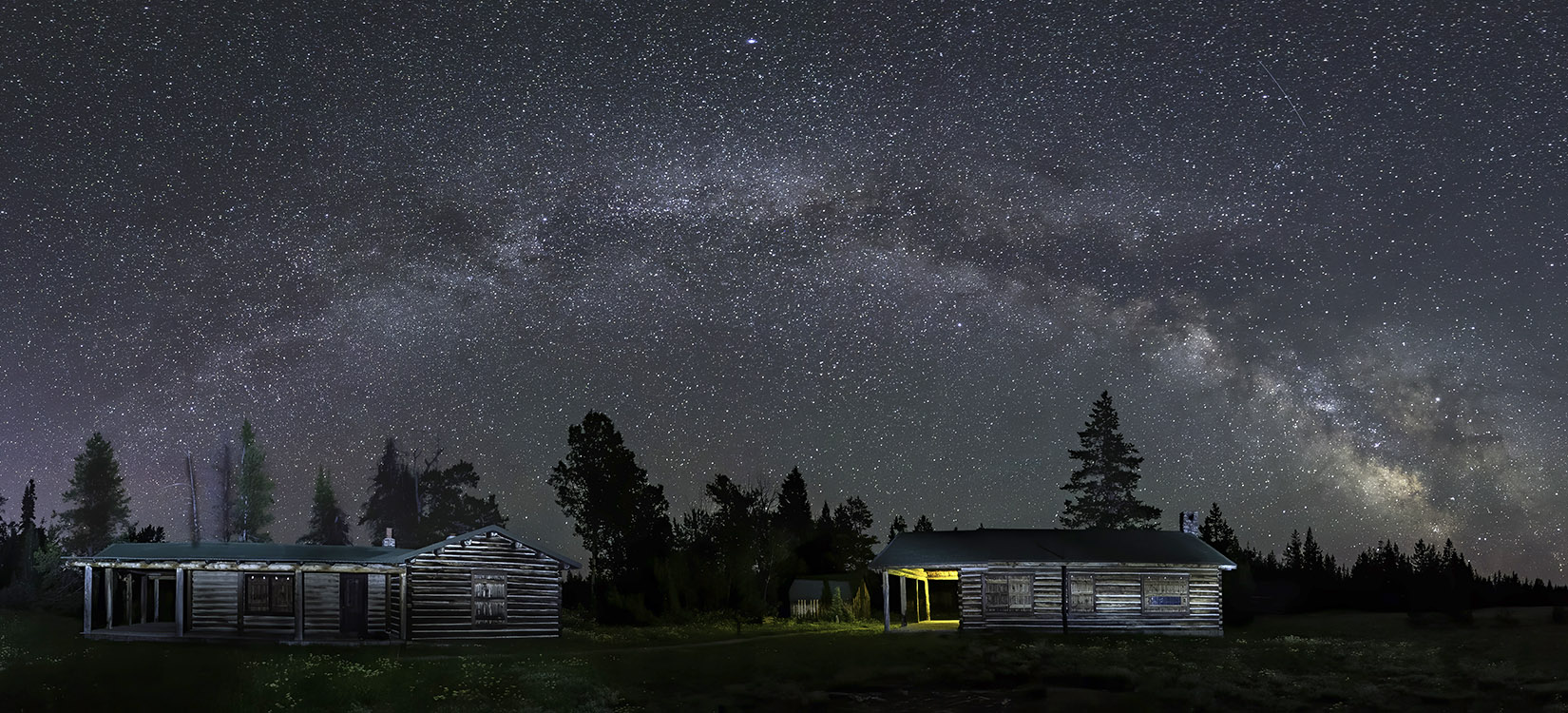
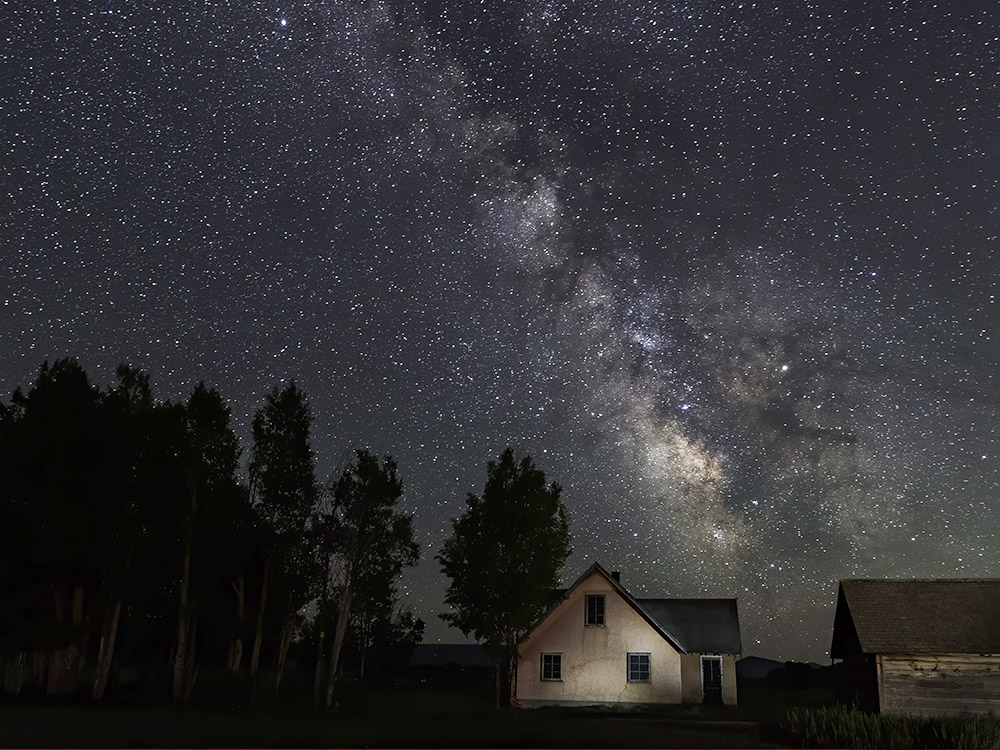
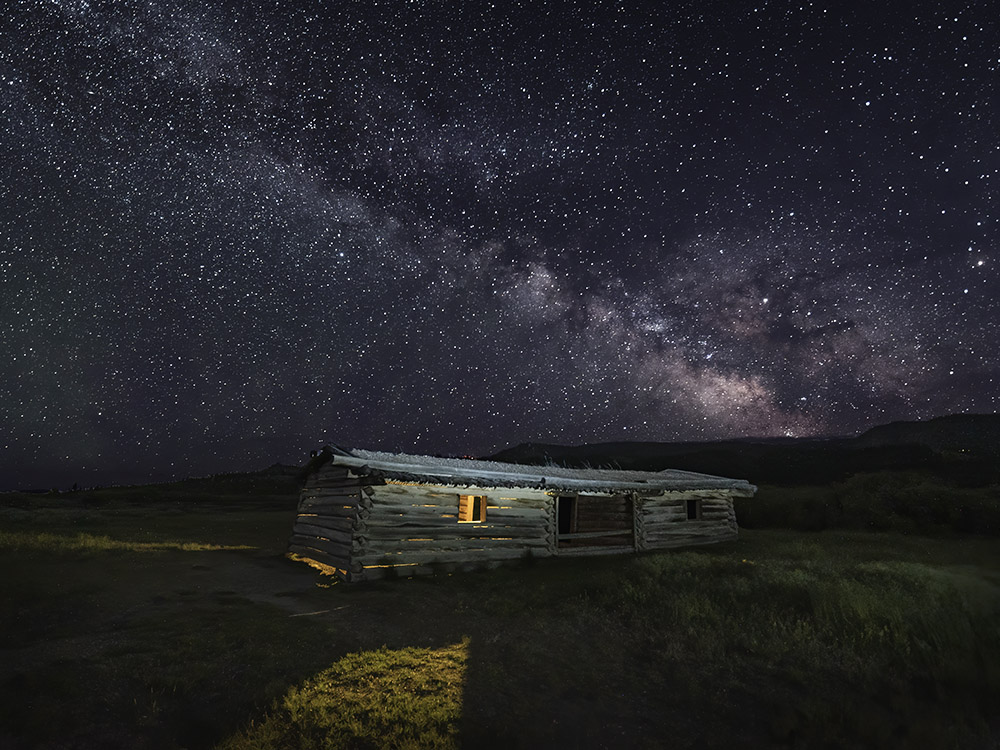
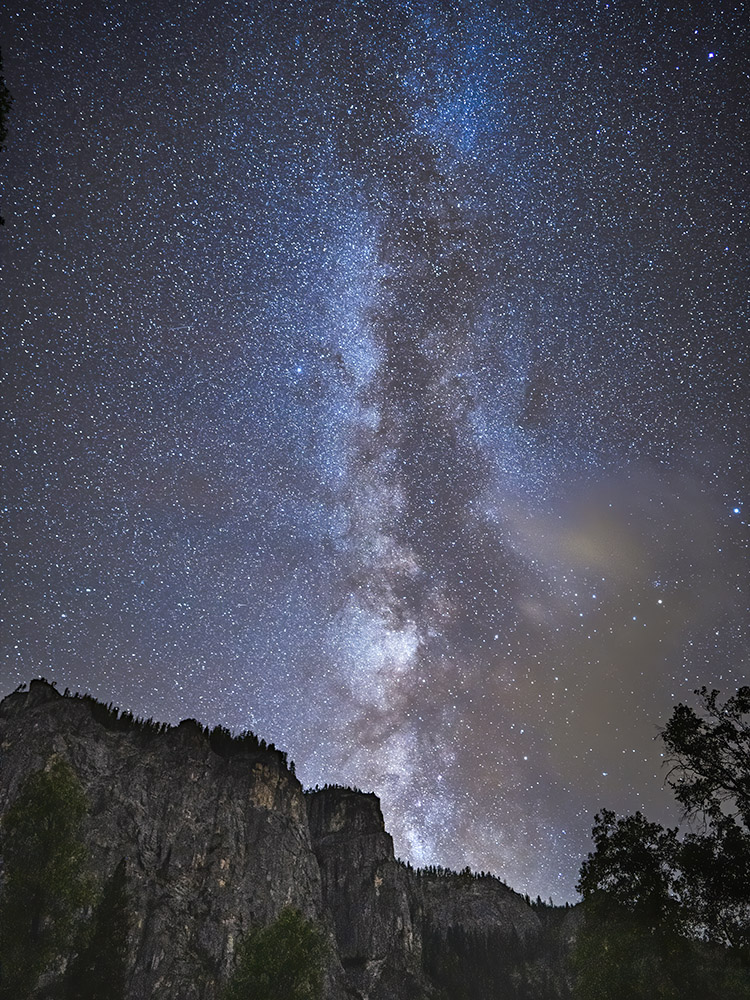
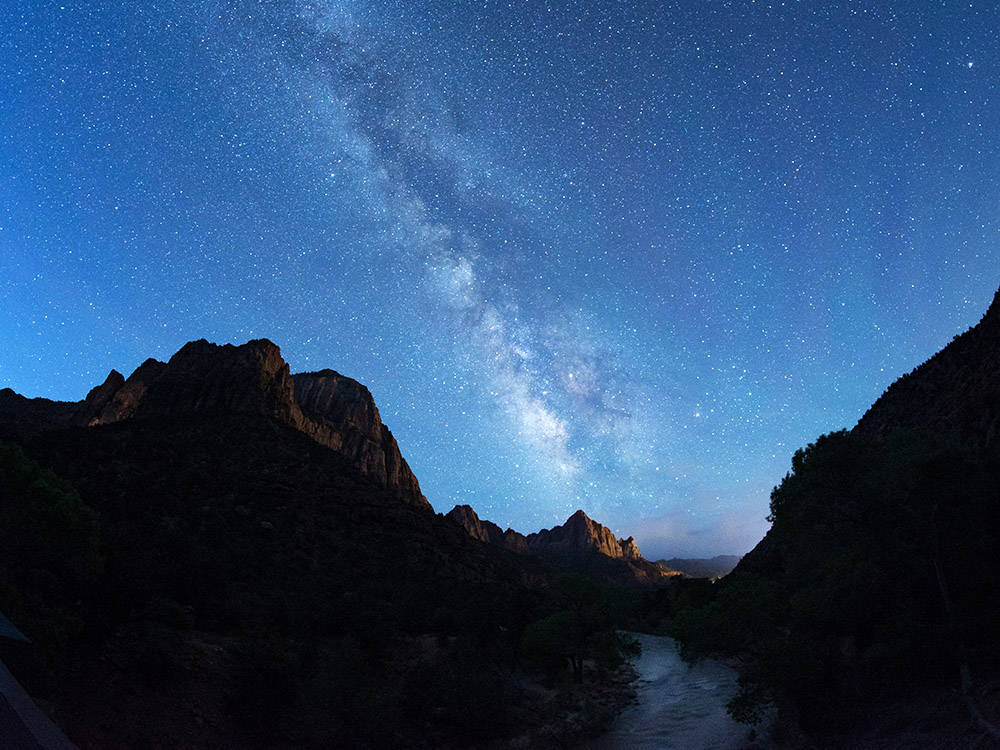












finding the milky way closer to home
I studied a light pollution map of Louisiana, looking for dark places that might provide an opportunity to see and photograph the Milky Way in my home state. Our coastal areas are not as dark as you might thing, with petrochemical plants and oil and gas production platforms along rivers, in marshes and offshore in the Gulf of Mexico. Forests create the challenge of tall trees obstructing a view of the stars. And of course, light pollution from nearby towns and cities.
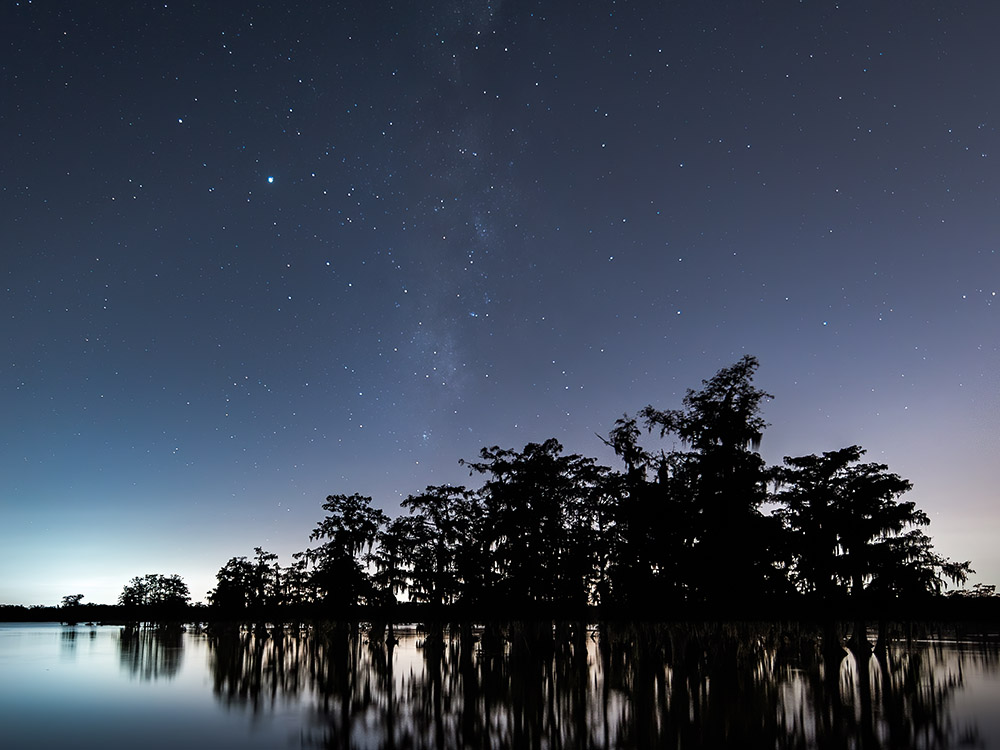
One of the most convenient vantage points is located in the Kisatchie National Forest north of Alexandria. I was able to stand in a pitch-dark parking lot at the Longleaf Vista Overlook with a relatively clear view of the southeastern sky. One of my favorite images captured a shooting star near the Milky Way. Sometimes you click at the perfect moment and capture something brilliant and unexpected.
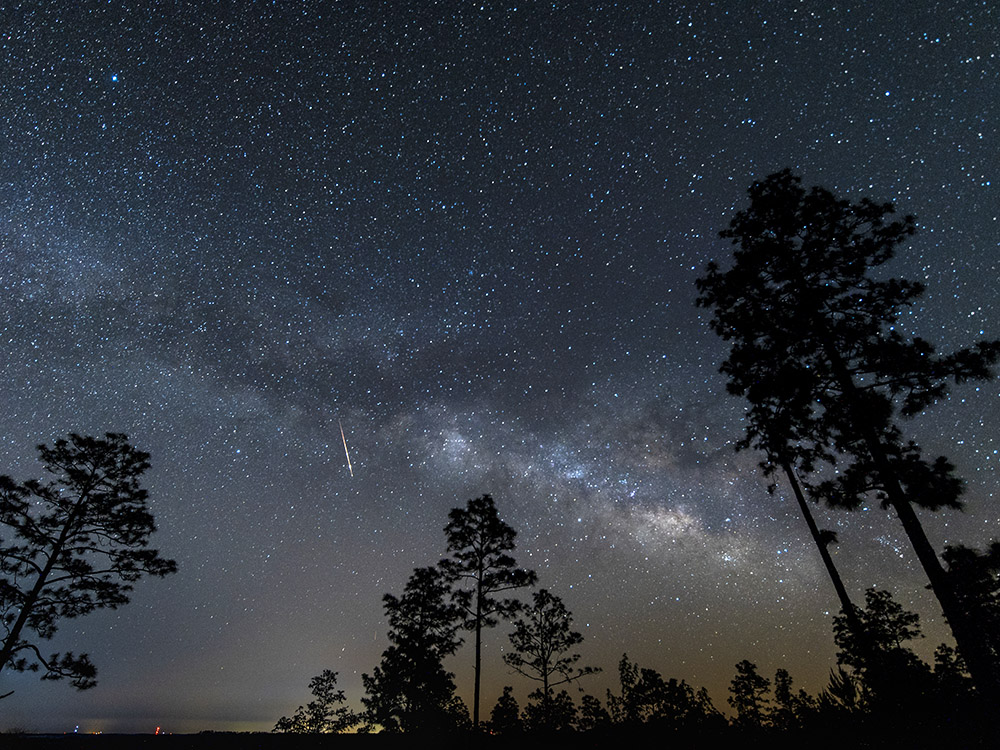
Success – you can see lots of stars in louisiana
Here is a collection of some of the Milky Way photographs that I have taken in Louisiana, and even on the beach at Gulf Shores, Alabama, where rows of condos light up the surf.
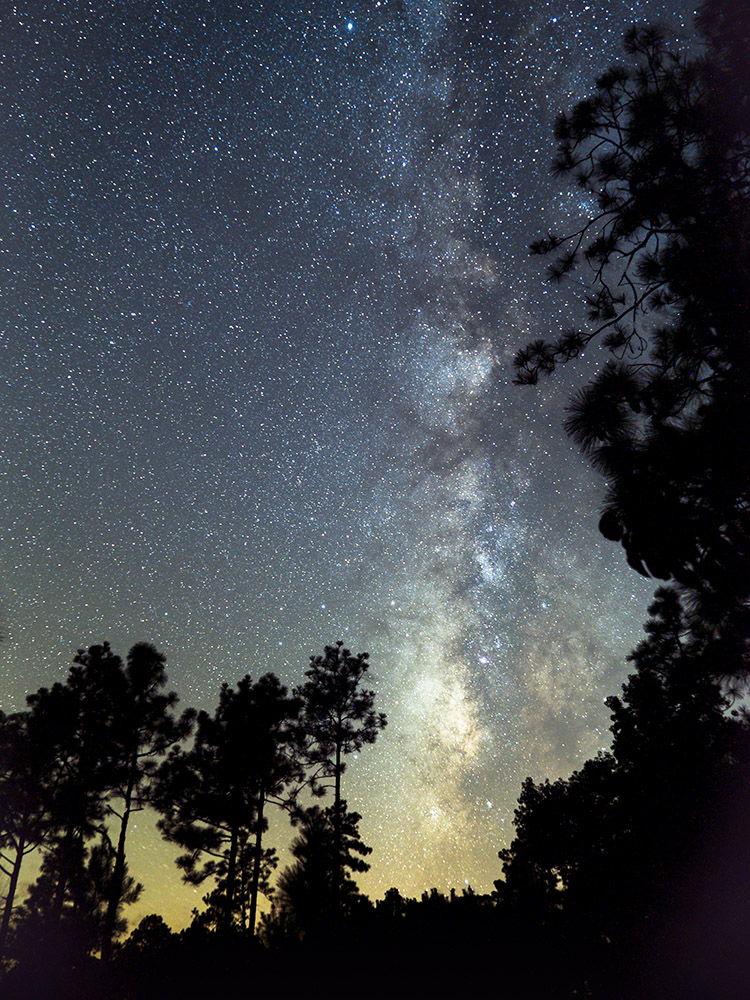
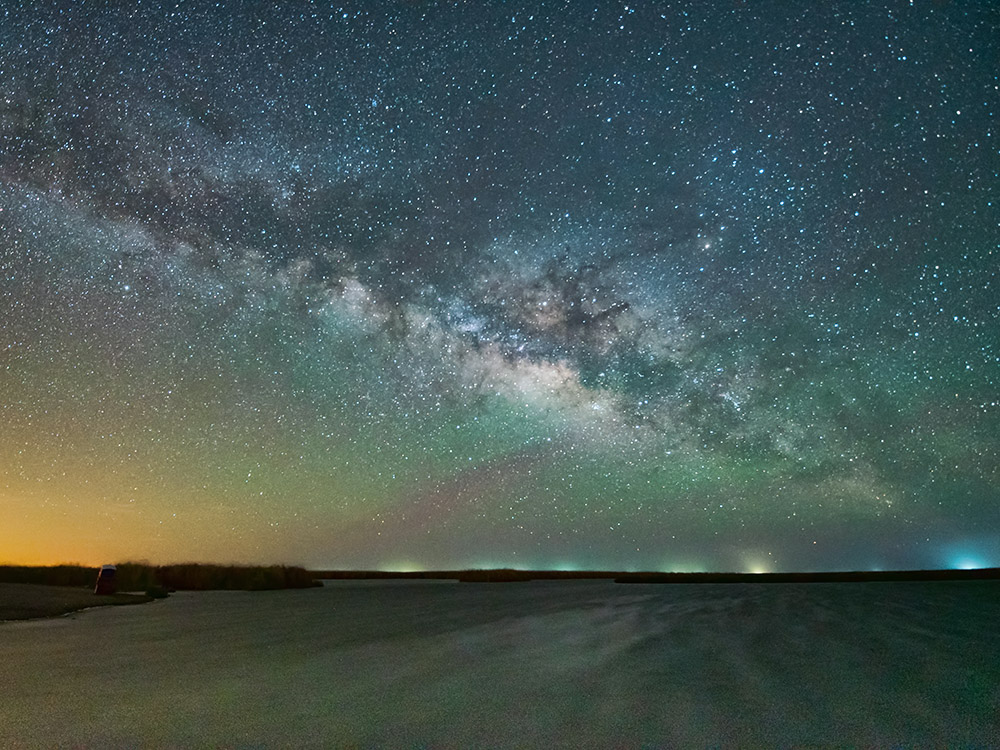
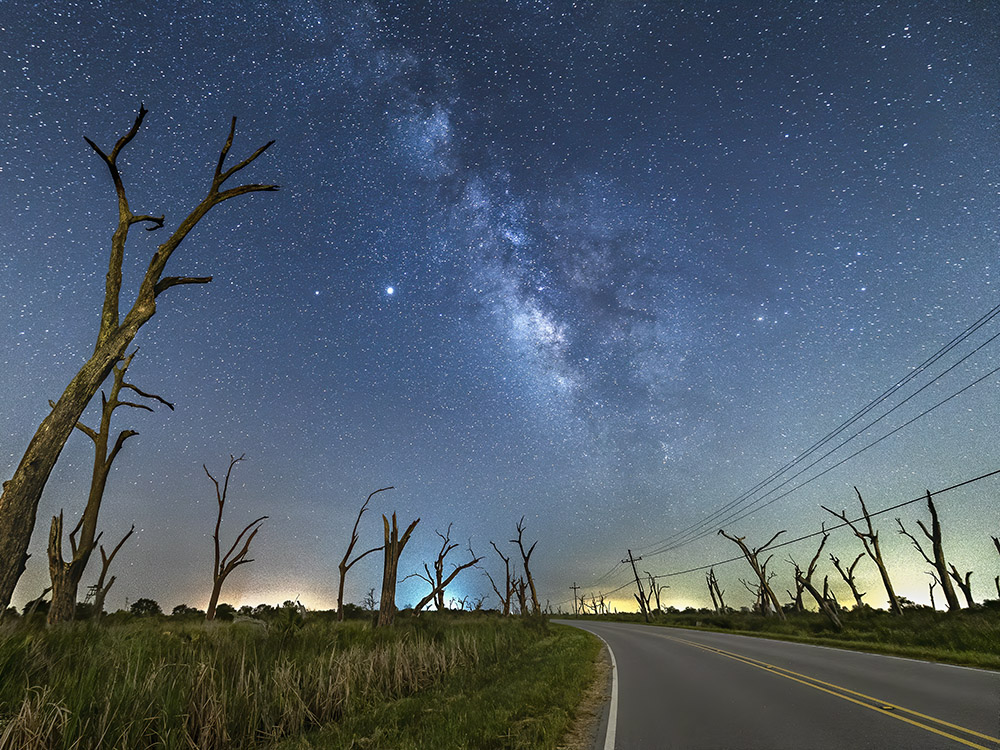
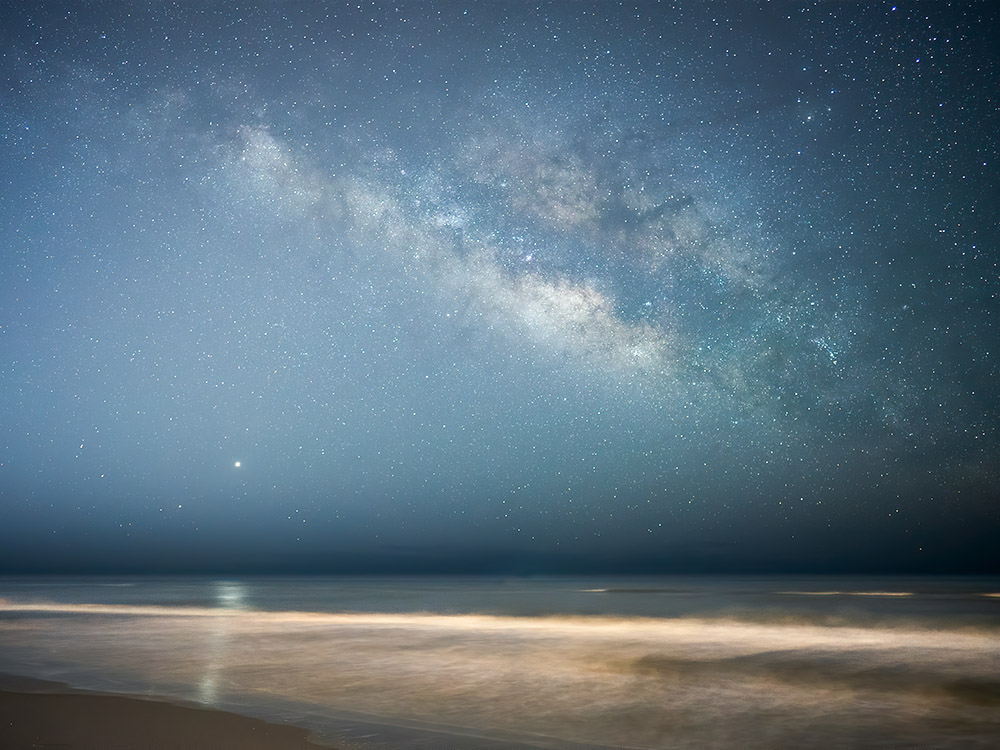
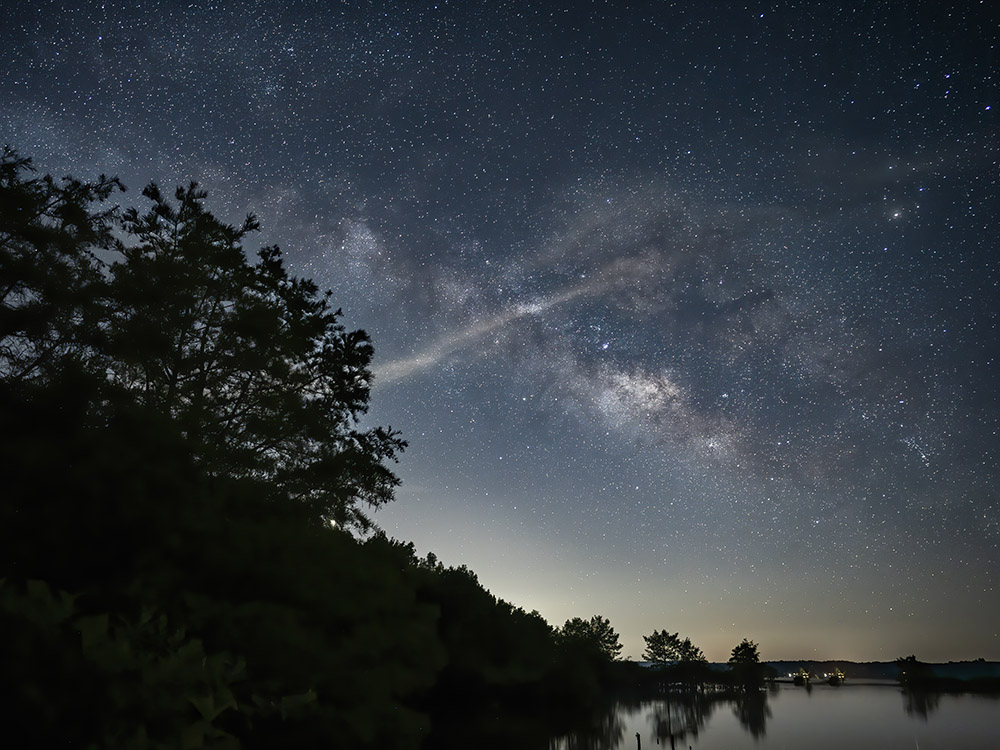
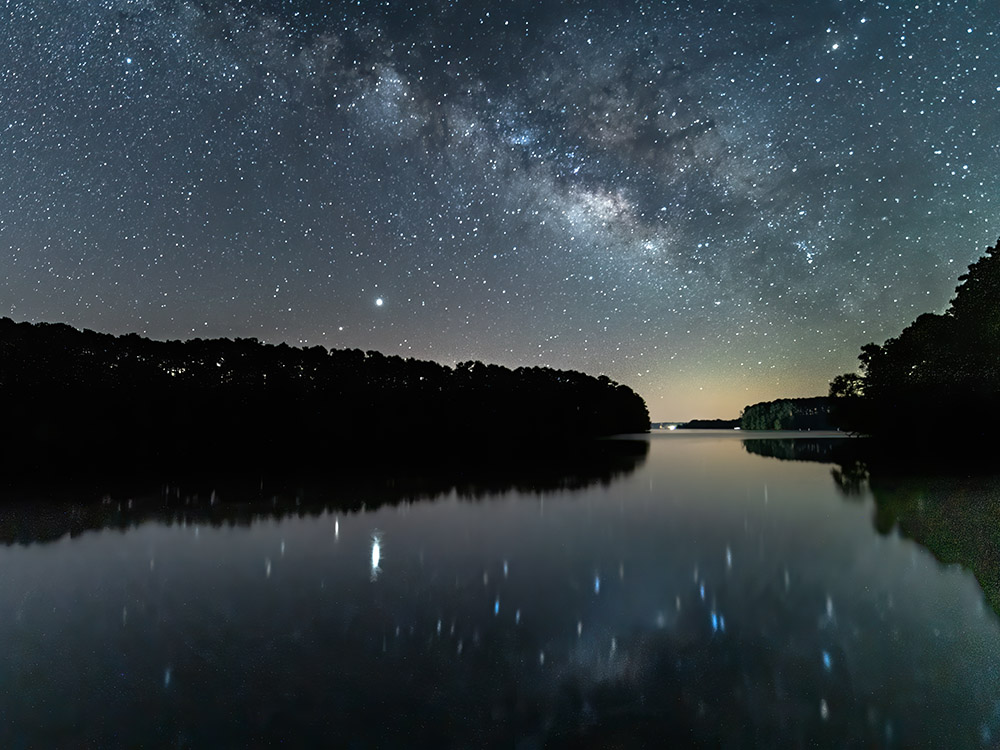
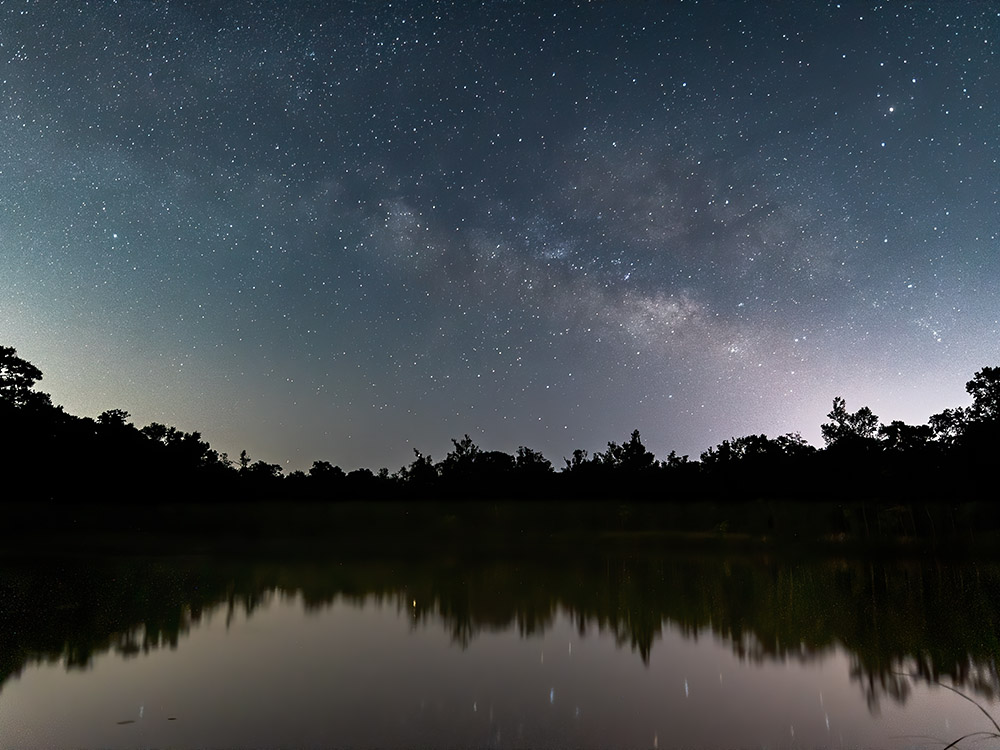
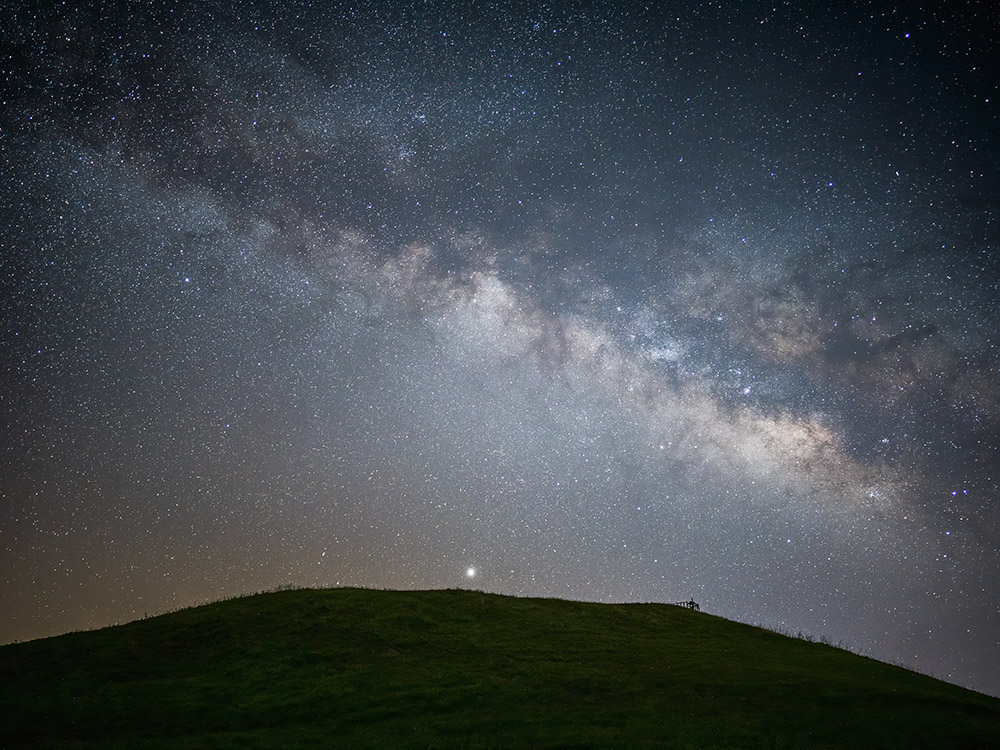








TIMELAPSE SHOW HOW FAR STARS MOVE IN ONE HOUR
My camera settings for milky way photography
- Shoot RAW or RAW + JPEG (Raw allows you to better post processing in Photoshop or Lightroom or your favorite image processing software
- Turn off Auto Focus and set manual focus to infinity. Take a few test shots and zoom in on your captured image to make sure stars are sharp
- Turn off long exposure noise reduction
- ISO at 3200 to start, then adjust as needed
- Manually set white balance between 3400-3800K
- Set aperture to widest possible opening – F/2.8 or lower
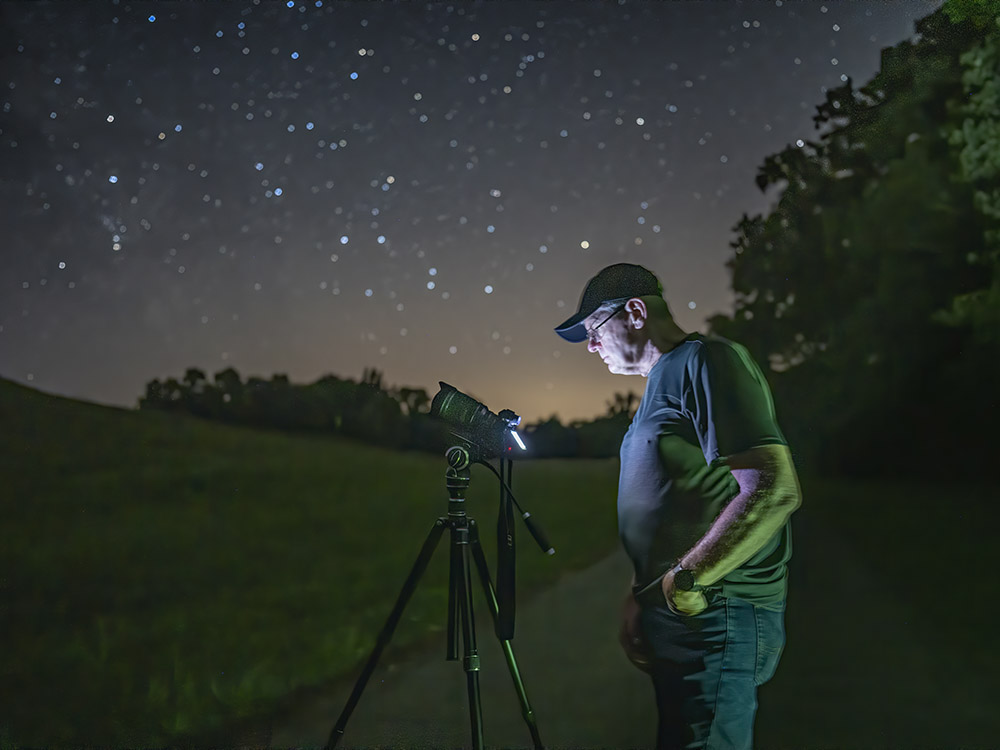
Use a long exposure
With extreme wide-angle lens, 12mm-15mm, start with exposure of 20-30 seconds. Then check image to see if stars are pinpoint sharp, or if there is slight blurring from star movement. With longer lenses (more magnification) 18-35m, you will likely need exposure of 10-20 seconds to get sharp stars. Also make sure tripod is study and add a sandbag if windy.
Use camera’s 2-second delay for shutter release, or a remote shutter release, to avoid any camera movement from pressing shutter release.
Where do you like to take photographs
If you have a favorite place to take Milky Way and other starry night photos, please share in the comment section below.


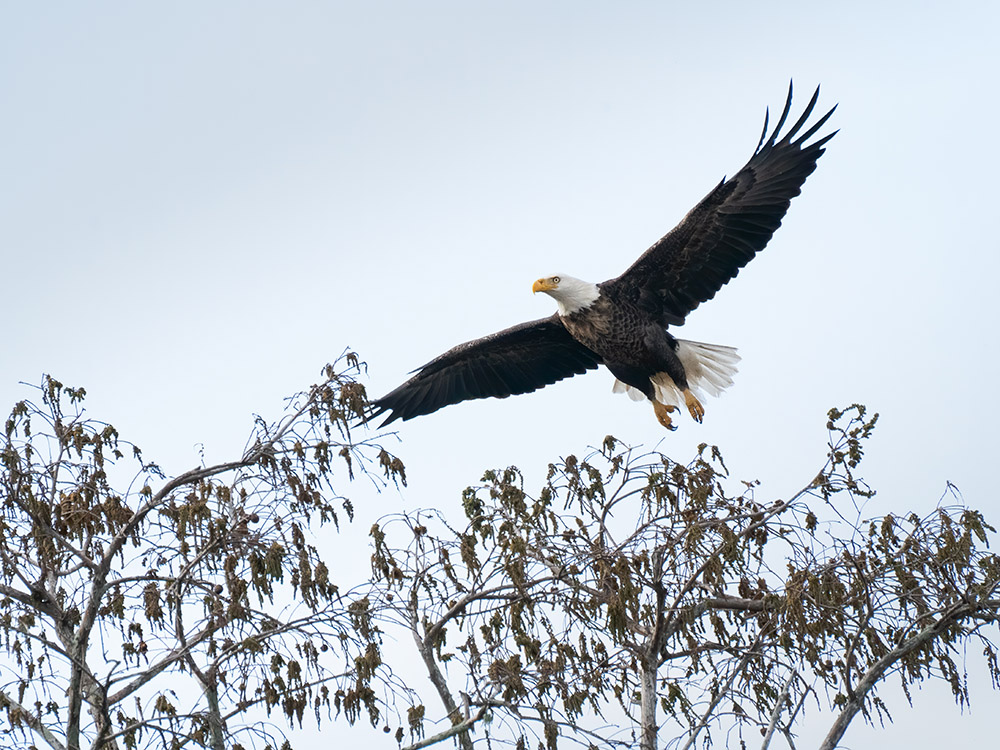
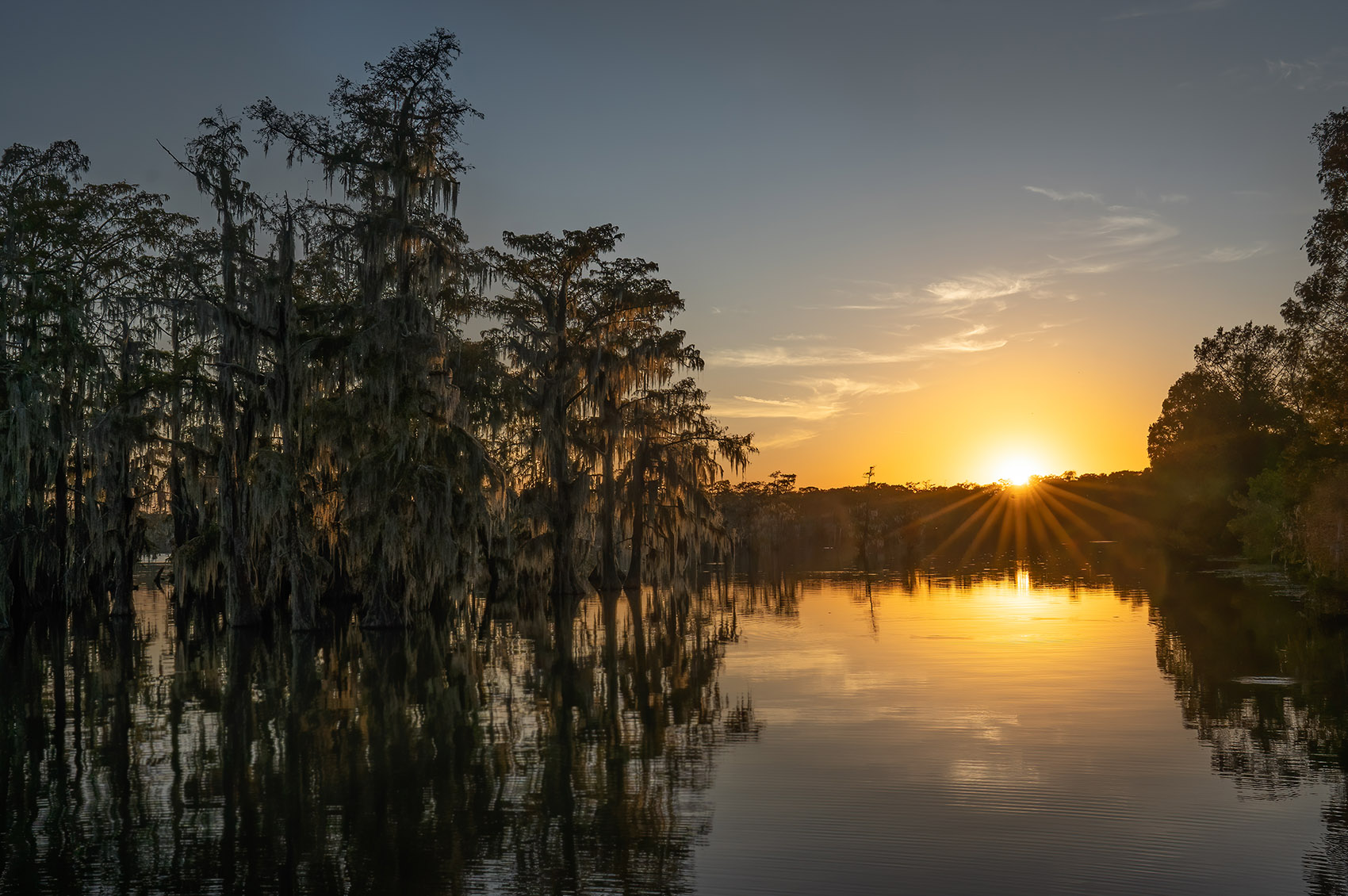

David Sigue
Thanks for covering information on sites in Louisiana for taking pics of the Milky Way! Been searching for areas to go to. Tried Rutherford Beach last month. Going to The kisatchie site next.
Dave McNamara
Thanks David. How was Rutherford Beach?
Steve Geffre
Wow, that are some unbelievable pictures. Great job.
Dave McNamara
Thanks Steve!
Thomas Denley MD
Thanks for the beautiful pictures & tips. I’ll try Longleaf Trail in the Kisatchi Forest soon!🔭
Melanie Z Plaisance
Thank you for your great work and willingness to share such beautiful photos. The Northern Lights and the Milky Way are on my bucket list too. Hope I’m as blessed as you are one day.